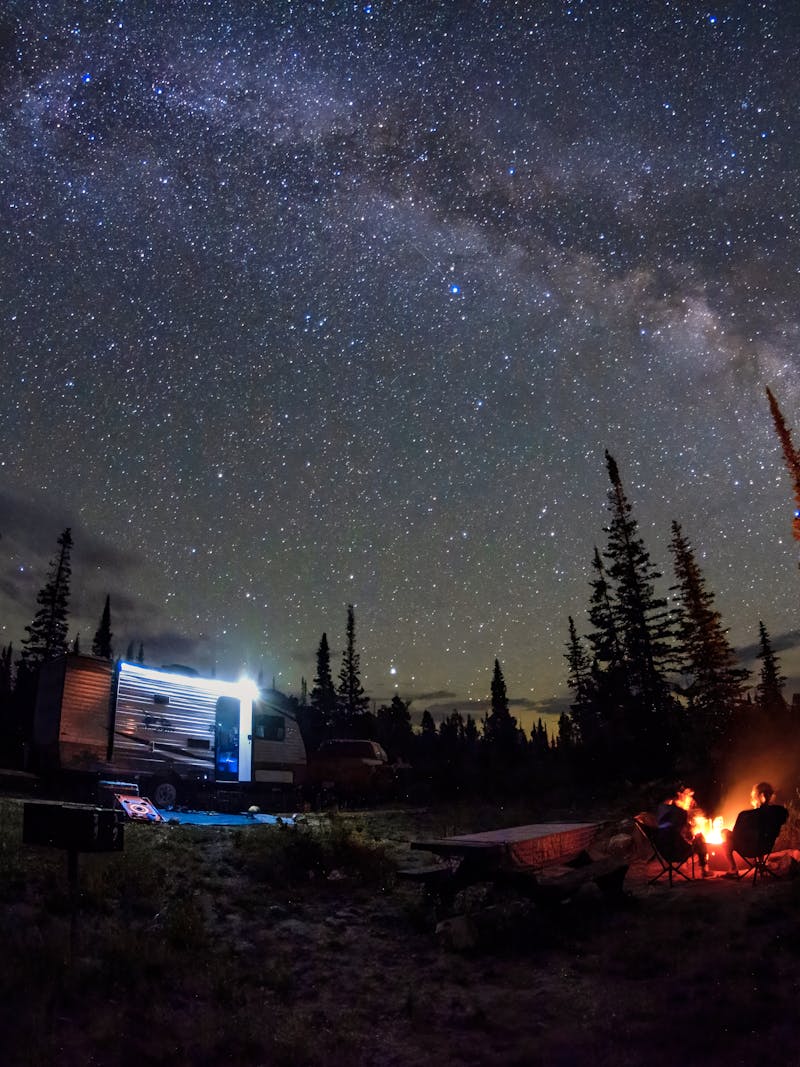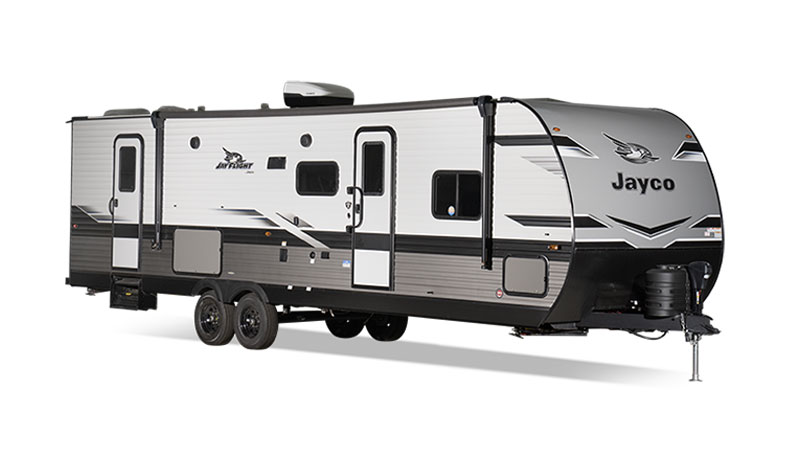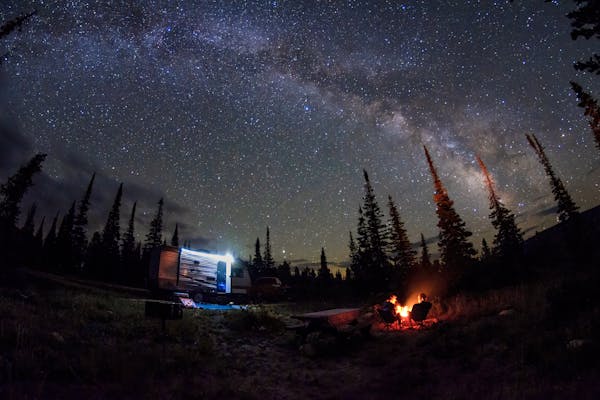Best Meteor Showers Of 2023
One of our favorite celestial events to see while RVing is a meteor shower. There's nothing quite like watching a spectacular, free firework show while sitting in front of our Jayco Jay Flight. Of course, some showers are more dynamic and spectacular than others, so we’ve listed the most interesting ones that are definitely worth watching.
What Is A Meteor Shower?
In space, there are objects such as comets, asteroids and other celestial bodies that commonly shed small particles. These small particles, or meteoroids, can be little rocks or even tiny specks of dust that sometimes head towards Earth. When a meteoroid enters the Earth's atmosphere, it becomes reclassified as a meteor. As it races through the sky, it begins to heat up by thousands of degrees and speeds up by tens of thousands of miles per hour. This creates a bright light that you can see moving across the night sky. When enough of these meteors enter the Earth's atmosphere around the same date, you get what is called a meteor shower. Sometimes you’ll see a long flash or streak, which is when the meteor enters the Earth’s atmosphere and begins to burn or vaporize. This light streak is what many people call a shooting star.

What Are The Best Meteor Showers To See In 2023?
This year you can expect to see three of the best meteor showers at perfect times of the year. Plus, RVing will open up your ability to enjoy these meteor showers since you’ll be able to pick a darker sky to see more of these streaming beauties. We have selected the Lyrids, Perseids, and the Geminids as the best meteor showers in 2023.
The Lyrids
First up are the Lyrids. This meteor shower is well-known for producing beautiful, vibrant fireballs. The Lyrid meteor shower will start around mid-April and continue until late April. The actual peak is between April 22nd and 23rd. Since the Moon will only be about nine percent full, this meteor shower should be a great one to see with minimal moonlight interference. Since meteor showers are named after the location in the sky where they appear to originate from, you’ll notice that this shower will look like it’s shooting from the constellation Lyra. If you aren't sure where that constellation is, don't stress! Just download an app on your phone, such as SkyView or SkySafari, and you’ll easily be able to find it.
The Perseids
Another must-see meteor shower this year is the Perseids. Between mid-July and early September, the Perseids light up the night sky with roughly 50 to 75 meteors per hour. They appear to originate from the constellation of Perseus and are a treat for us to see while on summer RV trips. Our kids are always amazed at the sheer volume of meteors we can observe during this shower under dark skies. The Perseids will peak between August 12th and 13th while the Moon will only be about 10 percent full. Try to get away from city lights and find a dark sky location for optimal viewing.
The Geminids
The Geminids is, quite possibly, the best meteor shower of the year. And even better is that it will peak during a New Moon! Mark your calendar for December 13th and 14th when the Geminids will be on full display with streaming bright colors. Appearing to originate from the constellation Gemini, you can see over 100 meteors an hour during this event! The great thing about this meteor shower is they can easily be seen before midnight, so you won't have to stay up late to be amazed.
Pro tip: Brave the cold during the Geminids with a heated blanket and a warm drink.

How Can I Best Observe A Meteor Shower?
Observing a meteor shower is super simple. Since you will see more meteors in a darker location with less light pollution, find a spot to camp away from city lights. After the sun has set, bring out your camping chairs, a warm blanket and focus on the sky. Remember that it takes about 20 minutes for your eyes to adjust to the night, so be patient if you don't see many meteors at first. To help with visibility, we highly recommend that you turn off any string lights and any exterior lights on your RV when visiting a dark sky campground. Not only will you have a better experience enjoying the night sky but this is also courteous for the fellow campers and RVers around you. If you do need a light source, bring a headlamp, flashlight or lantern that can be dimmed.
Pro tip: Wrap a cloth or a pillowcase around your flashlight if it doesn't have a dimmer setting.
Some Other Major Meteor Showers In 2023
The Orionids
You can also give the Orionids a shot, which originate in the constellation Orion and peak between October 20th and 21st. This shower typically has a rate of 10 to 20 meteors per hour, but the Moon will be about 36 percent full so visibility may be slightly limited.
Pro tip: You don't need to look towards the radiant point of the meteor shower to see all of the meteors—try looking around in all directions.
The Taurids
The Southern Taurids peak between November 4th and 5th from the constellation Taurus and have between five and 10 meteors per hour. However, the Moon will be a little more than half full during this time so you may not be able to see them. Another option is to view the Northern Taurids, which peak a week later during November 11th and 12th. There will also be a New Moon during this time, so the sky should be nice and dark. You might not know which of the two Taurids you are viewing since they often overlap. All you need to know is that the Taurids are perfect if you want to see some absolutely amazing fireballs!
The Ursids and Quadrantids
At the end of the year, there are the Ursids and Quadrantids that will take place during December. This year, both of these meteor showers have peaks when the Moon is more than half full, so we don't recommend spending too much time trying to find shooting stars. Instead, see what you can see, and then go inside and enjoy the comfort of your warm RV.
















